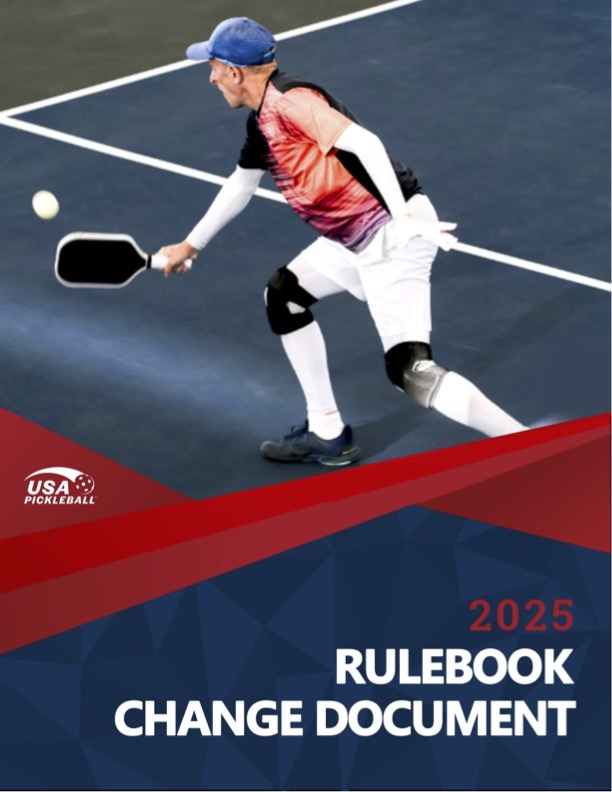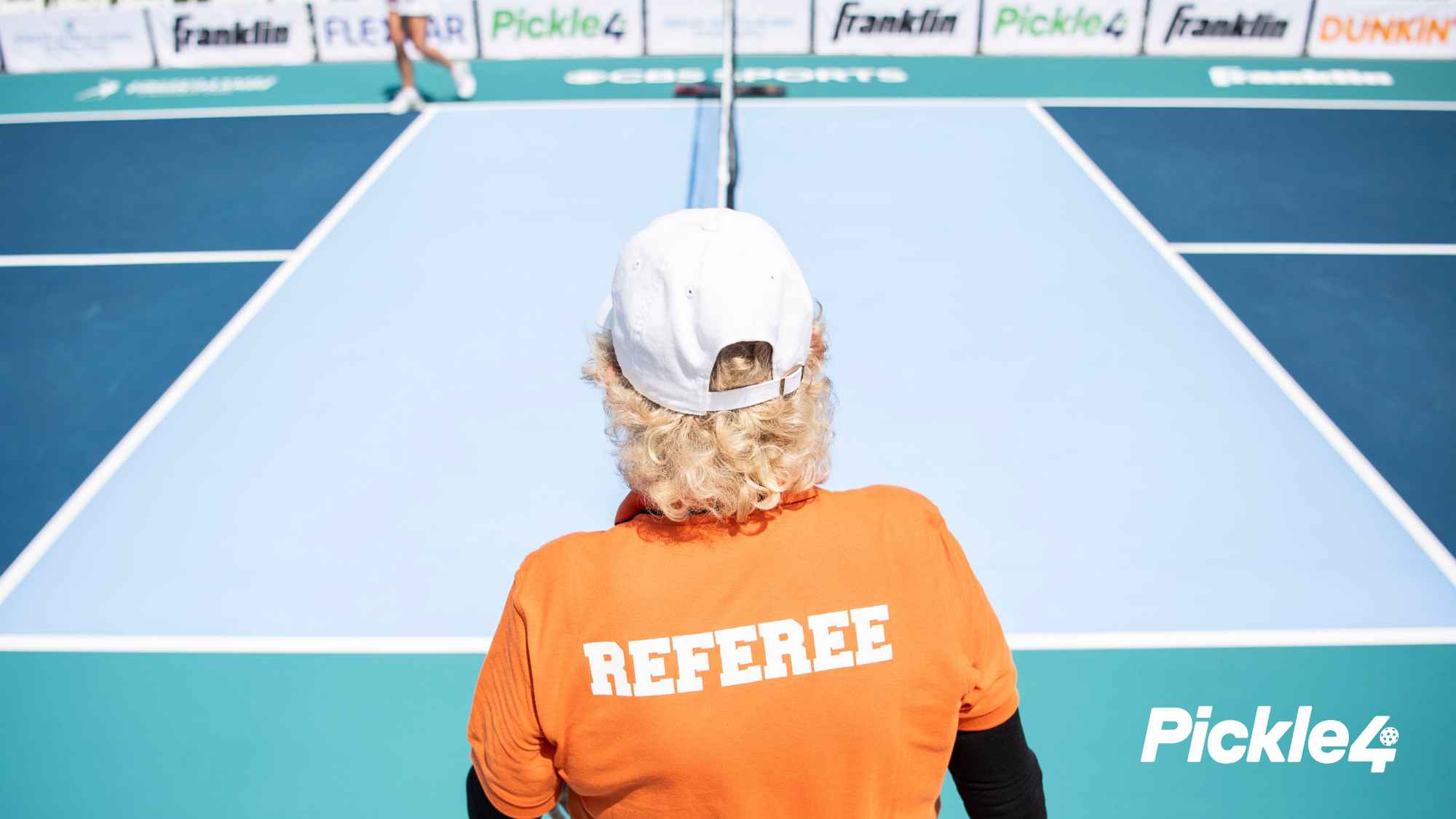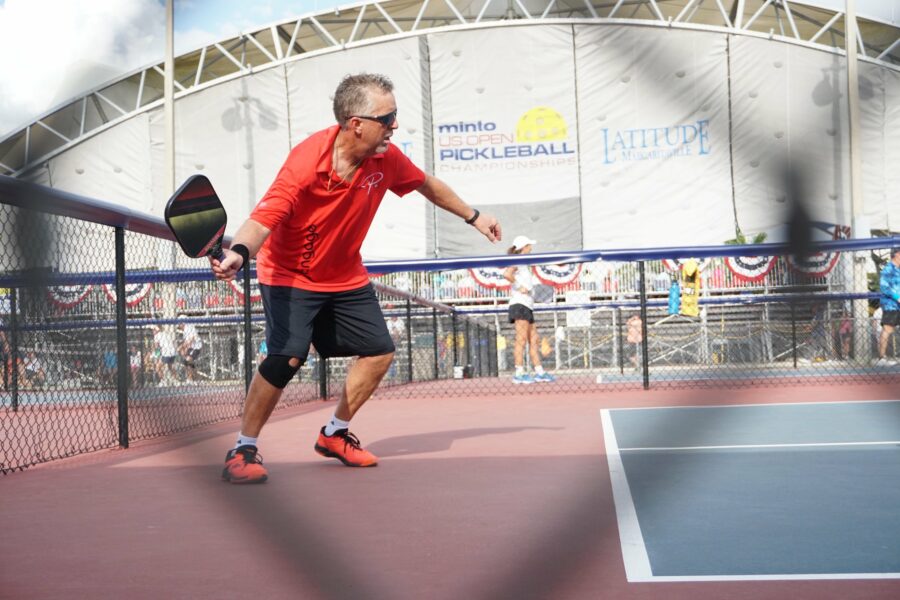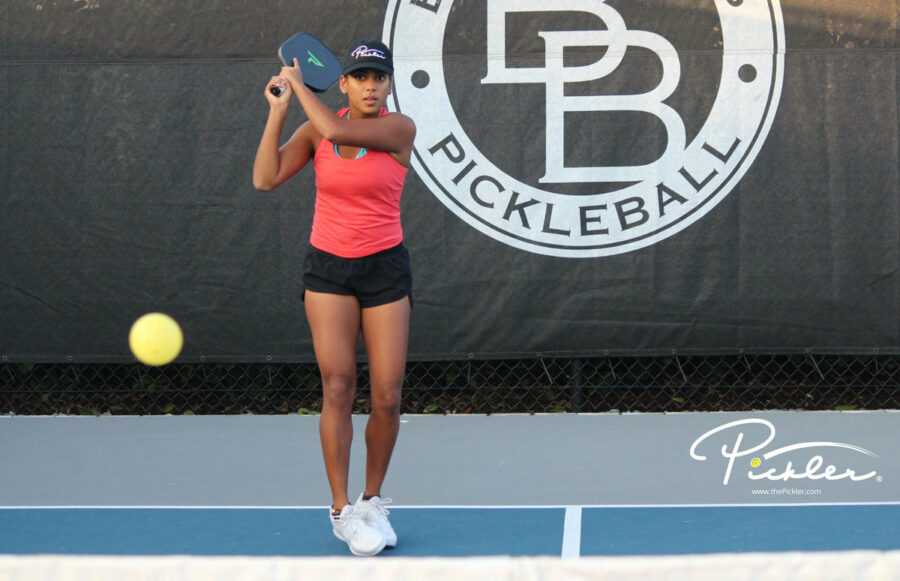By Mark Peifer, USA Pickleball Certified Referee; Past Chairman, USA Pickleball Rules Committee
It’s that time of year again for those who like to follow what is new or different with Official Pickleball Rules. A short description of a few of the USA Pickleball Official Rulebook rule changes for 2025 follows.
The 2025 Official Change Document is back after a one-year hiatus for those who are more discriminating and desire additional detail. It shows the 46 rule changes, even the minor editorial changes, with highlighted text to make ‘seeing’ the change easier. It also provides a reason for the changes. Here is a link to that document:
https://usapickleball.org/docs/2025-USA-Pickleball-Rulebook-Change-Document.pdf

What follows is perhaps sufficient to update you on seven changes you, as a player, are more likely to encounter.
1. Those who follow rally scoring, know there is more than one way of playing rally-scoring doubles. After about two years of study, however, USA Pickleball has settled on a format for doubles rally scoring. As most know, a point is scored in each rally for all formats of rally scoring. What makes the USA Pickleball format for doubles rally scoring easy to learn is its simplicity and similarity to side-out scoring. The only differences from what we all know from side-out scoring are:
- Only one server serves at the beginning of a game or after a side-out. Just as in side-out scoring, that server keeps rotating back and forth between the right and left sides of the court with their serve until the receiving team wins a point and gets a side-out. The partner does not serve.
- As a result, only two numbers are called for the score because there is no first or second server.
- The winning point must be made on your serve.
This is a provisional rule; only the second time a rule has been given provisional status. That means it will be in place for a year, and after that, it will be evaluated to either continue as provisional, change, formally adopt, or remove it from play.
2. If a tournament player does something after a match that rises to the level of a Verbal Warning, Technical Warning, or Technical Foul, the Tournament Director can apply that penalty to the offending player’s next match at the tournament. What is the most likely behavior that could result in this occurrence? Someone throws a paddle after the match is over.
3. The act of volleying no longer includes the swing of the paddle. Volleying now starts when the player hitting the volley makes contact with the ball. That doesn’t sound very meaningful, but it changes some Non-Volley Zone fault scenarios that were faults in the past but aren’t anymore. Please see Change Document #6 for more details.
4. Before 2025, the rule about a particular plane of the net fault was unclear. Recall that you can hit the ball, and your continuation from the shot can legally take you past the net plane. However, the rule was unclear whether your partner could cross the plane of the net on a shot you hit. The rule change clarifies that the continuation provision only applies to the player who hits the ball and is only associated with the current strike of the ball (not one or more shots previously).
5. If a team or player either withdraws, retires, or is forfeited during a round robin format, three things now occur:
- If there is no playoff, the match results will not count toward the standings of that round robin.
- If there is a playoff, the match results will not count towards determining which teams advance to the playoff round.
- In both cases above, the match results will, however, count toward the players’ rating.
6. Any disagreement between you and your partner about fault calls will be decided to benefit your opponents. This change aligns with the rule about line calls; as most know, any disagreement between you and your partner about a line call is decided to the benefit of your opponents, i.e., the ball is ‘in.’ The same now applies to faults. Oh, and by the way, you are now expected, by rule, to call faults on your partner if, for some reason, they don’t call it on themselves.
7. Round-robin tie-breaker procedures return to the method used in 2023 and earlier. This means that if three or more teams are tied in head-to-head results and the tie-breaker method becomes point differential, all teams will be ranked by point differential, and the medal winners or teams advancing to the medal round will be determined according to that ranking.



